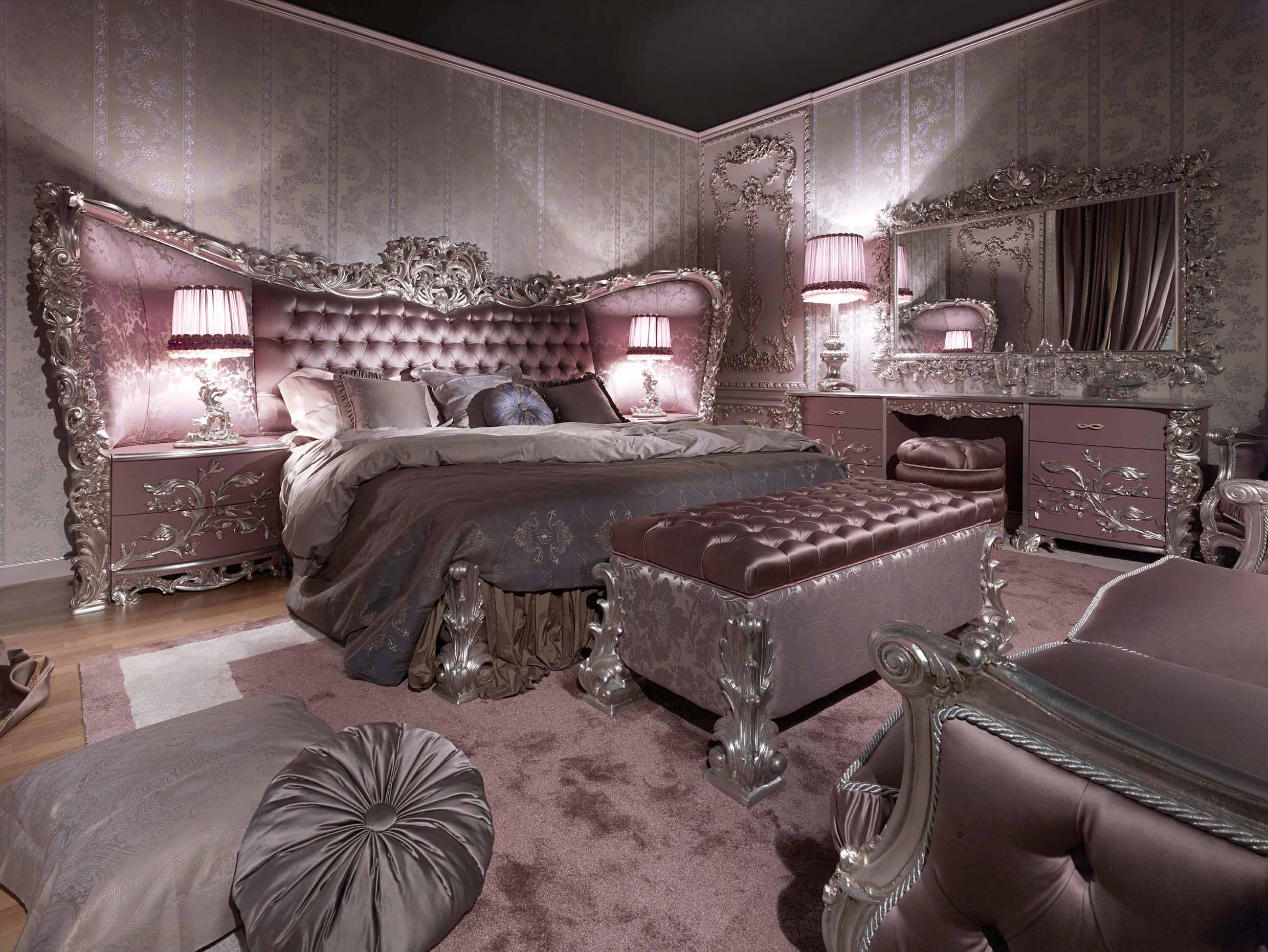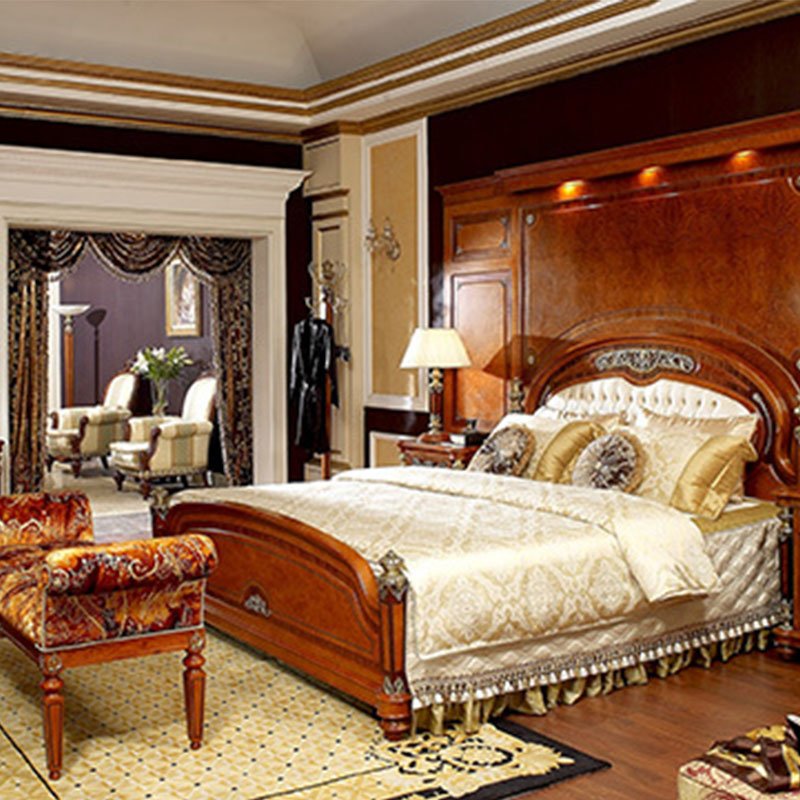The Essence of Italian Style Bedroom Furniture

Italian bedroom furniture embodies a timeless elegance and sophistication that transcends trends. It’s a testament to a rich heritage of craftsmanship, artistry, and a deep appreciation for beauty. This furniture style is characterized by its exquisite details, luxurious materials, and harmonious proportions, creating an ambiance of refined comfort and enduring style.
Historical Influences and Design Principles
The distinctive aesthetic of Italian bedroom furniture is deeply rooted in the country’s rich history and artistic traditions. From the Renaissance to the Baroque periods, Italian design has been influenced by a profound appreciation for classical forms, intricate ornamentation, and the use of natural materials. This heritage continues to inform contemporary Italian furniture design, which often incorporates elements of classical architecture, sculpture, and painting.
- Renaissance: The Renaissance era (14th-16th centuries) witnessed a revival of classical art and architecture, which significantly influenced furniture design. This period saw the emergence of ornate furniture pieces with intricate carvings, graceful lines, and a focus on symmetry.
- Baroque: The Baroque period (17th-18th centuries) was characterized by a more dramatic and opulent style. Italian furniture during this time featured elaborate carvings, gilded surfaces, and luxurious fabrics.
- Art Deco: The Art Deco movement (1920s-1930s) introduced geometric patterns, bold colors, and streamlined forms to Italian furniture design. This style incorporated luxurious materials like exotic woods, ivory, and chrome.
- Mid-Century Modern: In the mid-20th century, Italian furniture design embraced minimalist forms, clean lines, and functionalism. Designers like Gio Ponti and Carlo Scarpa emphasized the use of natural materials like wood and leather.
Key Materials and Craftsmanship Techniques, Italian style bedroom furniture
Italian bedroom furniture is renowned for its meticulous craftsmanship and the use of high-quality materials.
- Wood: Italian furniture makers traditionally use a wide variety of woods, including walnut, cherry, oak, and olive. These woods are carefully selected for their grain, color, and durability.
- Leather: Leather is a popular material for upholstery, adding a touch of luxury and durability to Italian bedroom furniture.
- Metal: Metal accents, such as brass or bronze, are often used for hardware, decorative elements, and structural components.
- Hand-Carving: Italian furniture makers are known for their exceptional hand-carving skills. Intricate carvings are often incorporated into the design of headboards, bed frames, and other furniture pieces.
- Inlay Work: Inlay work involves using different materials, such as wood, bone, or metal, to create intricate patterns on the surface of furniture.
- Polishing Techniques: Italian furniture makers use a variety of polishing techniques to achieve a high-gloss finish. These techniques involve multiple layers of varnish and wax, resulting in a smooth and lustrous surface.
Iconic Italian Furniture Designers
- Gio Ponti (1891-1979): A prolific architect and designer, Gio Ponti is known for his elegant and functional furniture designs. His iconic “Superleggera” chair, with its lightweight yet sturdy frame, is a testament to his innovative approach.
- Carlo Scarpa (1906-1978): Carlo Scarpa was a renowned architect and designer known for his minimalist and sculptural furniture. His designs often incorporated natural materials and intricate details.
- Ettore Sottsass (1917-2007): A leading figure in the Memphis design movement, Ettore Sottsass challenged traditional design conventions with his bold colors, geometric forms, and playful aesthetic.
- Antonio Citterio (born 1950): A contemporary designer, Antonio Citterio is known for his minimalist and functional furniture designs. He has collaborated with renowned furniture brands like B&B Italia and Kartell.
Exploring Key Elements of Italian Bedroom Design: Italian Style Bedroom Furniture

Italian bedroom design is renowned for its timeless elegance and sophisticated charm. The elements that define this style are not merely aesthetic; they reflect a deep-rooted appreciation for craftsmanship, artistry, and the creation of spaces that exude a sense of calm and luxurious comfort.
Color Palettes, Patterns, and Textures
Italian bedroom design typically embraces a palette of rich, earthy tones, drawing inspiration from the country’s natural landscapes. Earthy browns, warm creams, and deep greens create a sense of grounding and tranquility, while accents of vibrant hues like terracotta, sapphire, and emerald add pops of color and sophistication.
Patterns play a significant role in Italian bedroom design. Floral motifs, intricate geometric patterns, and traditional damask designs are often incorporated into fabrics, wallpapers, and furniture upholstery. These patterns add a touch of opulence and sophistication, reflecting the rich history and artistry of Italian design.
Textures are another key element in creating the Italian bedroom aesthetic. The use of natural materials like linen, silk, and velvet creates a sense of luxurious comfort and warmth. Hand-woven fabrics, intricate embroidery, and delicate lace add layers of texture and depth to the overall design.
The Role of Ornamentation and Decorative Elements
Ornamentation plays a crucial role in Italian bedroom design, adding a touch of grandeur and elegance to the space. Intricately carved moldings, ornate furniture legs, and decorative details like hand-painted finishes and gilded accents are commonly found in Italian bedrooms.
Decorative elements like mirrors, sculptures, and paintings are carefully selected to enhance the overall aesthetic. Mirrors, especially those with ornate frames, create a sense of spaciousness and reflect the light, enhancing the overall ambiance. Sculptures and paintings, often depicting classical themes or landscapes, add a touch of cultural richness and artistic depth.
The Significance of Materials
Italian bedroom design emphasizes the use of high-quality, natural materials. Wood, leather, and metal are key elements that contribute to the style’s timeless elegance and durability.
Wood, particularly walnut, cherry, and oak, is widely used for furniture, flooring, and decorative accents. The rich grain patterns and natural warmth of wood create a sense of timeless sophistication.
Leather is another essential material in Italian bedroom design. Used for upholstery, headboards, and accent pieces, leather adds a touch of luxurious comfort and durability. The natural patina of leather develops over time, adding a unique character to the space.
Metal, often used for accents and hardware, adds a touch of sophistication and a subtle industrial edge to the overall design. Iron, brass, and bronze are commonly used for bed frames, lamps, and decorative accents.
Italian Bedroom Furniture Styles
| Style | Distinctive Features |
|---|---|
| Tuscan | Rustic charm, hand-hewn wood, warm earth tones, wrought iron accents, terracotta tiles |
| Venetian | Opulent elegance, intricate carvings, gilded accents, velvet upholstery, elaborate chandeliers |
| Modern Italian | Sleek lines, minimalist design, bold geometric shapes, use of high-tech materials, vibrant color accents |
Creating an Italian-Inspired Bedroom

Transforming your bedroom into an Italian oasis is a captivating journey, one that blends timeless elegance with a touch of modern flair. This section will guide you through the process, offering practical advice on designing a bedroom that exudes Italian charm.
Designing a Bedroom Layout
The layout of an Italian-inspired bedroom prioritizes functionality and aesthetics. Key elements of Italian bedroom furniture play a crucial role in creating a harmonious space.
- A Statement Bed: The centerpiece of any Italian bedroom is a grand bed, often featuring a headboard with intricate carvings or elegant upholstery. The bed should be positioned to command attention and serve as a focal point.
- Armoire or Wardrobe: Italian armoires and wardrobes are not just storage solutions but also decorative pieces. Choose one with ornate details, such as hand-painted finishes or intricate carvings, to add a touch of grandeur.
- Nightstands: Complement the bed with matching or complementary nightstands. Look for designs with elegant curves, inlaid wood, or delicate metal accents.
- Vanity or Dressing Table: A vanity or dressing table adds a touch of feminine elegance to the bedroom. Consider a design with a large mirror, intricate carvings, and a comfortable stool.
- Comfortable Seating: Include a comfortable chair or chaise lounge for relaxing or reading. Opt for pieces with elegant lines, plush upholstery, and maybe even a touch of velvet.
Mood Board for an Italian-Inspired Bedroom
Imagine a bedroom bathed in warm, inviting hues, where textures play a symphony of sophistication. This mood board captures the essence of Italian style.
- Color Palette: Warm neutrals like cream, beige, and ivory provide a classic foundation. Accentuate these with rich jewel tones such as emerald green, ruby red, or sapphire blue. For a modern twist, consider incorporating metallic accents like gold or silver.
- Materials: Italian design emphasizes natural materials. Incorporate wood, especially rich hardwoods like walnut or cherry. Marble or travertine for accents adds a touch of luxury. Leather upholstery for furniture or accents adds warmth and texture.
- Textures: Create a multi-sensory experience with a blend of textures. Smooth velvet upholstery contrasts beautifully with the rough texture of natural linen curtains. Add a touch of warmth with a sheepskin rug or throw pillows.
Incorporating Italian-Style Accessories and Lighting
Accessories and lighting are the finishing touches that elevate an Italian-inspired bedroom to a masterpiece.
- Mirrors: Large, ornate mirrors, especially those with decorative frames, add a touch of grandeur and reflect light, making the space feel larger.
- Sculptures and Artwork: Add a touch of Italian artistry with sculptures or paintings that reflect the classic or modern Italian aesthetic.
- Vases and Flowers: Fresh flowers in elegant vases bring life and color to the space. Choose flowers with vibrant colors or delicate petals, reflecting the beauty of Italian gardens.
- Lighting: Create a warm and inviting ambiance with lighting. Consider chandeliers with crystal accents or sconces with intricate designs. Use dimmer switches to adjust the lighting for different moods.
Balancing Classic Italian Elegance and Contemporary Elements
Achieving a balanced look requires a delicate touch.
- Modern Furniture: Introduce a contemporary element by incorporating a modern chair or a sleek side table. This creates a visual contrast that adds a touch of sophistication.
- Geometric Patterns: Add a contemporary twist to classic Italian design with geometric patterns on pillows, rugs, or artwork. This creates a visually stimulating contrast without compromising the overall elegance.
- Minimalist Accents: Balance the ornate details with minimalist accents. A simple, modern vase or a sleek sculpture can create a sense of balance and prevent the space from feeling too cluttered.
Italian style bedroom furniture often exudes a sense of elegance and sophistication, characterized by intricate carvings, rich fabrics, and a focus on craftsmanship. While traditional Italian designs may not always prioritize space-saving solutions, modern iterations can incorporate practical elements like full trundle bedroom furniture , offering both style and functionality.
This combination allows for a bedroom that is both visually appealing and efficiently organized, reflecting the evolving trends in contemporary Italian design.
Italian-style bedroom furniture often embodies a sense of refined elegance, characterized by intricate carvings, rich materials, and a focus on craftsmanship. This aesthetic can be extended to other areas of the home, such as the bathroom, where a similar sense of sophistication can be achieved through a thoughtful renovation.
A Pinterest bathroom vanity redo can be a great starting point, allowing for the integration of custom details and the use of high-quality materials that echo the spirit of Italian design. The resulting space will exude a sense of timeless luxury, complementing the overall design scheme of the home.